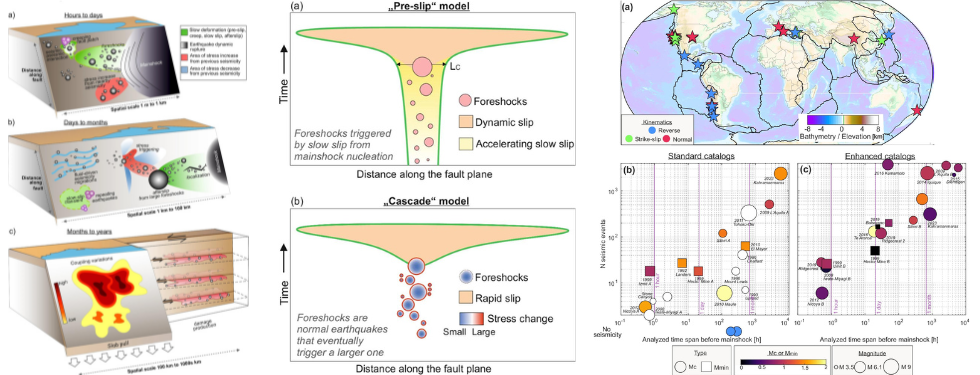The intrinsic complexity of earthquake preparation

A primary objective in the field of geosciences is to improve protection against seismic hazards. To further this goal, scientists are researching to determine whether potentially dangerous earthquakes display specific patterns, either over a short or long spatiotemporal scale, before the main shock.
The recent progress in earthquake monitoring, geodesy, and data analysis, which incorporates artificial intelligence, has significantly enhanced our ability to comprehend the progression of earthquake sequences that culminate in the mainshock. But, on the other hand, earthquake detection might be improved and it is crucial to understand the complex physics governing the nucleation of seismic events.
A study, recently published in the journal Communications Earth & Environment, focused on the physical processes leading to earthquakes. The authors, Piero Poli researcher of the Department of Geosciences of the University of Padua, and Patricia Martínez-Garzón of the German Research Centre for Geosciences, undertook a comprehensive review of numerous studies that analyzed geophysical data to shed light on the collective patterns and physical processes influencing the occurrence of earthquakes in nature.
As explained by the researchers, their analysis shows that “there is a multitude of processes that can lead to a stress increment on faults, eventually triggering an earthquake, and these physical processes can occur concurrently at spatial and temporal scales spanning several orders”.
Piero Poli, researcher of the Department of Geosciences of the University of Padua, is the co-author of the study and he explains more in this video.
“First of all, we understood that there is a sort of limitation from the data, meaning that different studies use different data sets but also different methods. But when we dig more in detail into the many parameters that we extracted from these studies, we understand that there is also an intrinsic complexity of the processes that occur before a large devastating earthquake”, Dr. Poli explains.
“This seems a little bit pessimistic. But, instead, this is an important advancement because we have clear evidence that what we can observe with geophysical data is the incremental stress”, Dr. Poli adds, pointing out the need for more near-fault observations, both geodetic and seismological.
TITLE: Cascade and pre-slip models oversimplify the complexity of earthquake preparation in nature. Commun Earth Environ 5, 120 (2024).
AUTHORS: Martínez-Garzón, P., Poli, P.





